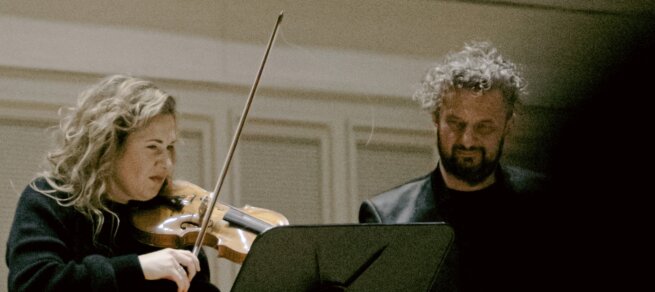
The Space Between the Notes - XXVI
“The tension felt in the modern world between those who look at the confluence of neuroscientific data, historical data, and other information illuminating our past and those who simply accept received wisdom as their guide in life is real and profound. Yet it may not be as divisive as one would think. It appears that all of us share the same moral networks and systems, and we all respond in similar ways to similar issues. The only thing different, then, is not our behavior but our theories about why we respond the way we do. It seems to me that understanding that our theories are the source of all our conflicts would go a long way in helping people with different belief systems to get along.”
— Michael S. Gazzaniga American neuroscientist 1939
Dot Your I’s – To Gender or Not to Gender, Is That a Question? (blog article, 3-minute read)
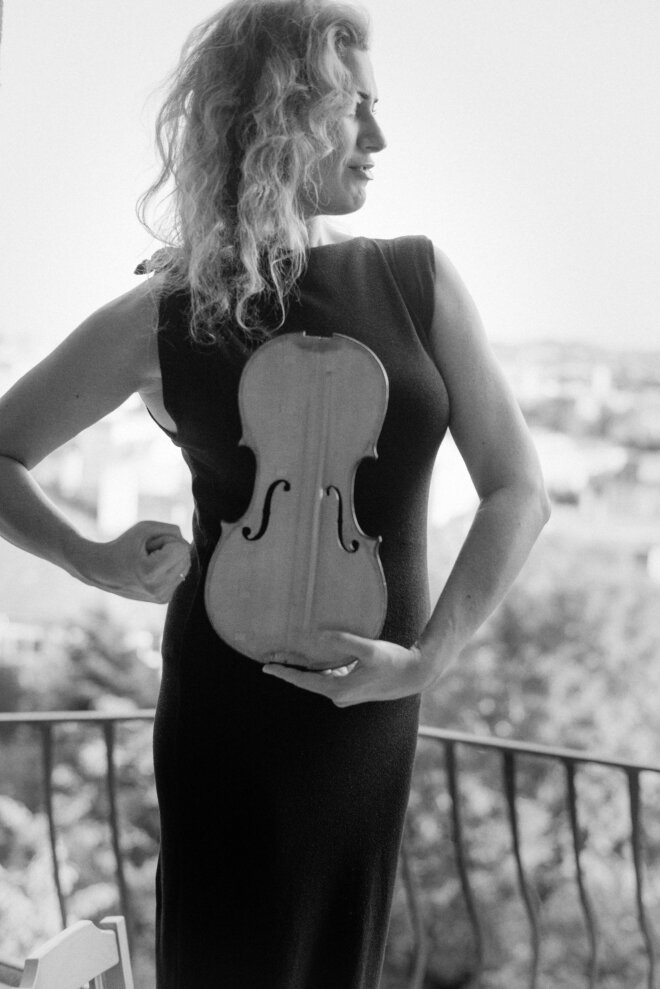 Photo: Balázs Böröcz
Photo: Balázs Böröcz
Recently, as my team and I completed copy on different projects, I asked a young woman I work with to proofread some of the text. Although much of what I write starts its life in English, it gets translated into other languages, such as German. German makes use of the grammatical gender system where nouns are gendered. This is because, historically, a lot of nouns denoted males only. In asking the young woman for support in the matter, I wanted to make sure the language we use is inclusive.
The German language, and by extension, culture, has been subject to reexamination for over six decades. Feminists in the 1960s, in a bid to make women more visible, began using a slash to show that both men and women could be, for example, a teacher — Lehrer became “Lehrer/innen”. From the late 1970s onwards, feminist linguistics and the concept of gender-equitable language boomed. In the 1990s in English-speaking countries the * became part of words to describe trans people and was named “trans asterisk” or “trans star”. Fast-forward to today and, increasingly, the use of a colon is implemented — Lehrer:in. This is read as a short pause by screen readers for the visually impaired or blind and is therefore considered more inclusive.
So, this young woman set about proofing the copy I had written. It was then passed back to key people whom I trust. It just so happened that all five of these people were white men over the age of 50. All five pointed out that the texts, although rich in content, read awkwardly. When I forwarded this feedback to the young woman, she became irate. She exclaimed, “What do I care about the opinion of Old White Men on this topic? I do not value it. A lot of people have taken a lot of time to think about this issue.”
Her words sat down and nursed a drink at the bar of my offence. I was taken aback by how quickly she dismissed a person and the value of their opinion with no regard for the reasoning behind it. How can one shroud an entire section of the population in a blanket of chauvinism? Ageism, it seems, is the last socially acceptable prejudice. On the other hand: what is a bit of awkwardness in the construction of a sentence in exchange for recognising more than 50% of the world’s population? What price are we willing to pay for equality?
Empathy (blog article, 7-minute read)
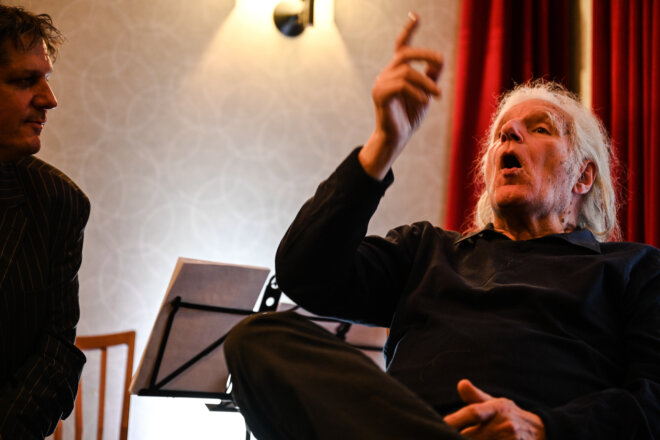 Urs Peter Schneider captured by Claudia Rauber at a Gwendolyn's Bridge Club soirée
Urs Peter Schneider captured by Claudia Rauber at a Gwendolyn's Bridge Club soirée
“So spielt man keinen Mozart”.
At the Music Conservatory of Berne, Professor Urs Peter Schneider wiped the sweat from his brow and took the steps that led from the podium to his dressing room backstage. He had just completed a flamboyant solo piano recital, the kind – both in length and complexity – that had originally been a cornerstone of expression for the likes of Liszt and Paganini. He switched on the kettle, readying his instant coffee as a form of habit. His choice of programme had been typically eclectic, ranging from Bach to Bartok, Schubert to Schneider.
The door to U.P.’s dressing room opened and in came the director of the school. She exclaimed, “So spielt man keinen Mozart.” ("That’s not how one plays Mozart.")
Looking up from his cup of coffee, entirely unimpressed, U.P. retorted, “Wie denn dann? Wie denn dann?” ("How then, how then?”) Speechless and irate, she turned on her heel and left, her lack of meaningful response as non-existent as the kindness and constructiveness of her critique.
Cocktail for the Muses
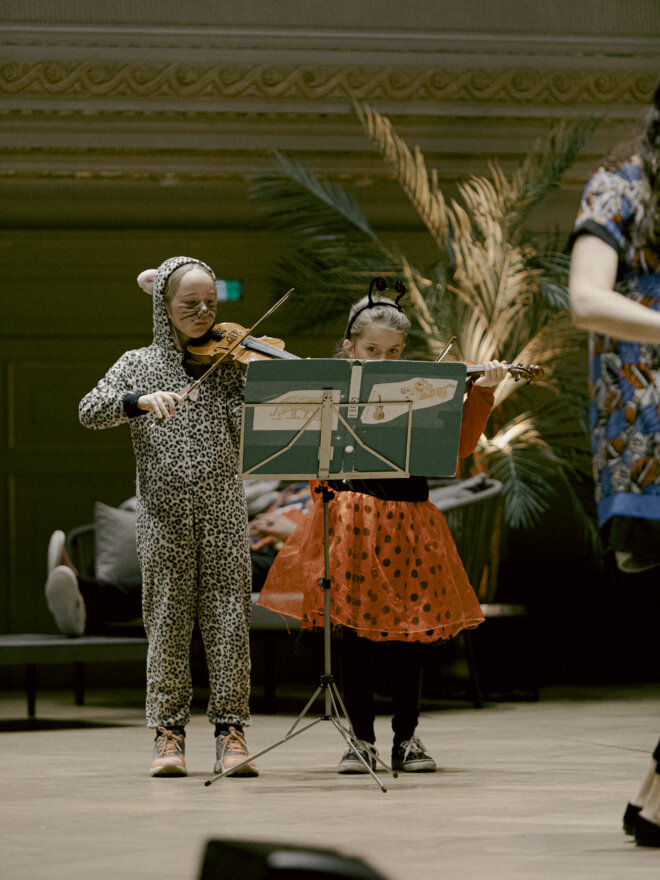 Photo: Maximilian Lederer
Photo: Maximilian Lederer
This March, in my series “Cocktail for the Muses” for Casino Bern, we created a unique performance of Camille Saint-Saëns “Carnival of the Animals”. Together with musicians from various ensembles such as Camerata Bern and the Berner Symphonie Orchester, as well as children from Konsi Bern (Bern Music School and Conservatory), one of classical music’s best-loved children’s pieces came to life. Droujelub Yanakiew took on an advisory role for the production, Simon Jäggi wrote the Swiss German text, and Dominique Jann slipped into the role of the father. Here are some of the photos taken by Maximilian Lederer.
Take a look at further past performances here:
Cocktail for the Muses Nr.1 with Andreas Schaerer
Cocktail for the Muses Nr.2 with Yilian Cañizares
Cocktail for the Muses Nr.3: West Side Story
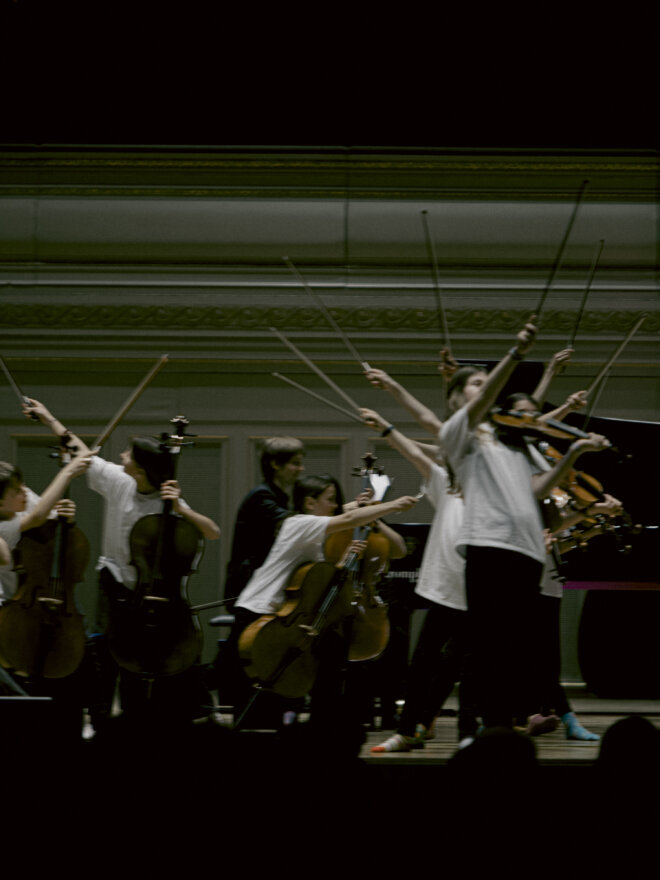 Photo: Maximilian Lederer
Photo: Maximilian Lederer
 Photo: Maximilian Lederer
Photo: Maximilian Lederer
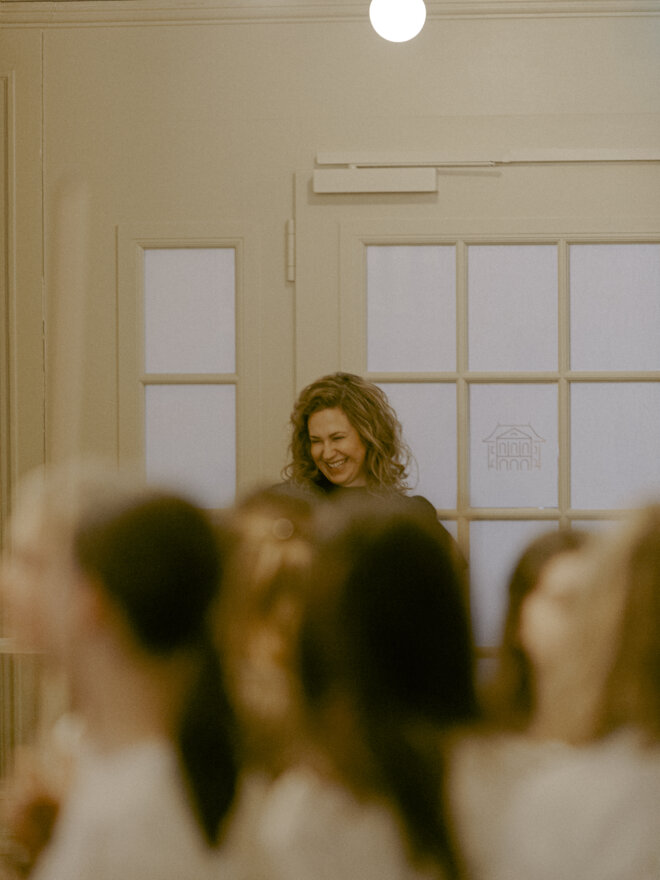 Photo: Maximilian Lederer
Photo: Maximilian Lederer
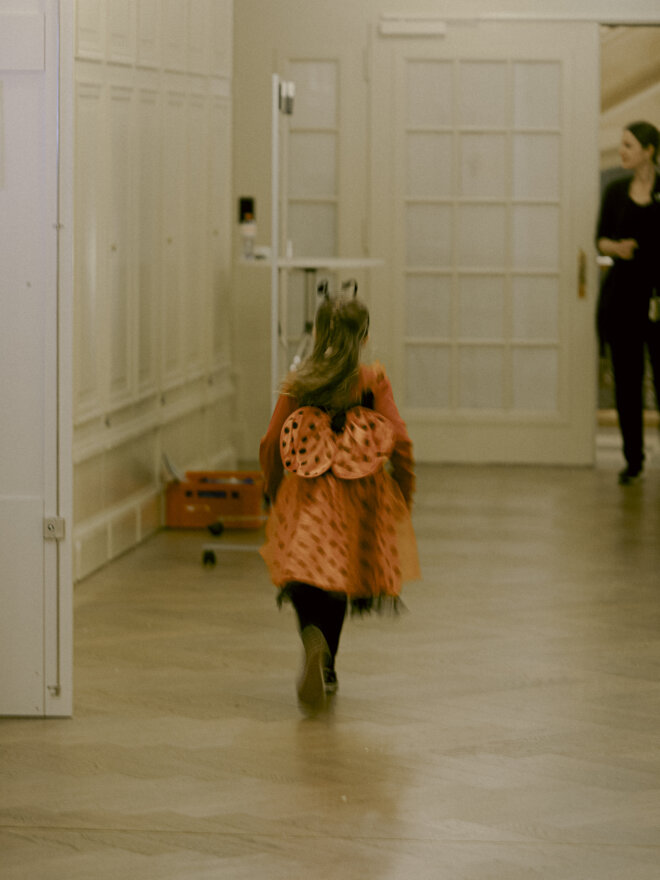 Photo: Maximilian Lederer
Photo: Maximilian Lederer
Patronage

I would love to build community, understanding, open-mindedness amongst music lovers everywhere. My work is designed to encourage that and your contribution adds continued purpose and dimension to that.
Your support here lends me courage and gives me motivation to go on, to never cease from exploration, to remain the eternal student and to share, share, share. THANK YOU.
